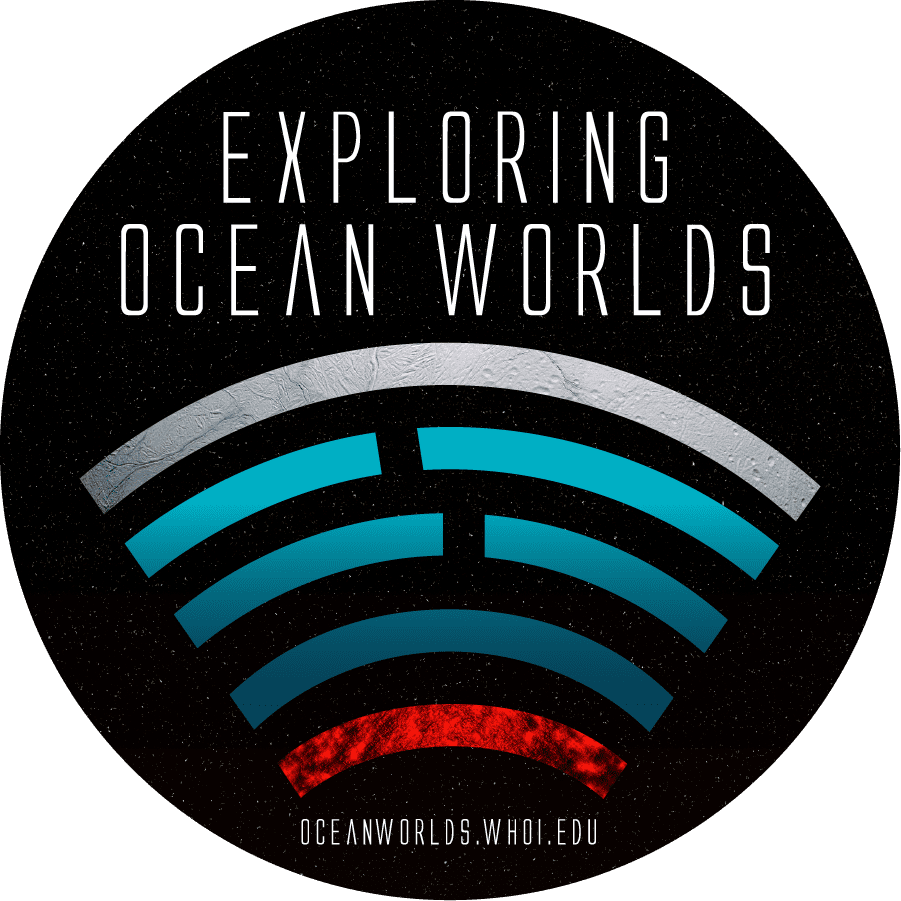Are We Alone?
Are We Alone
Understanding Earth’s ocean to help find life in space
By Evan Lubofsky
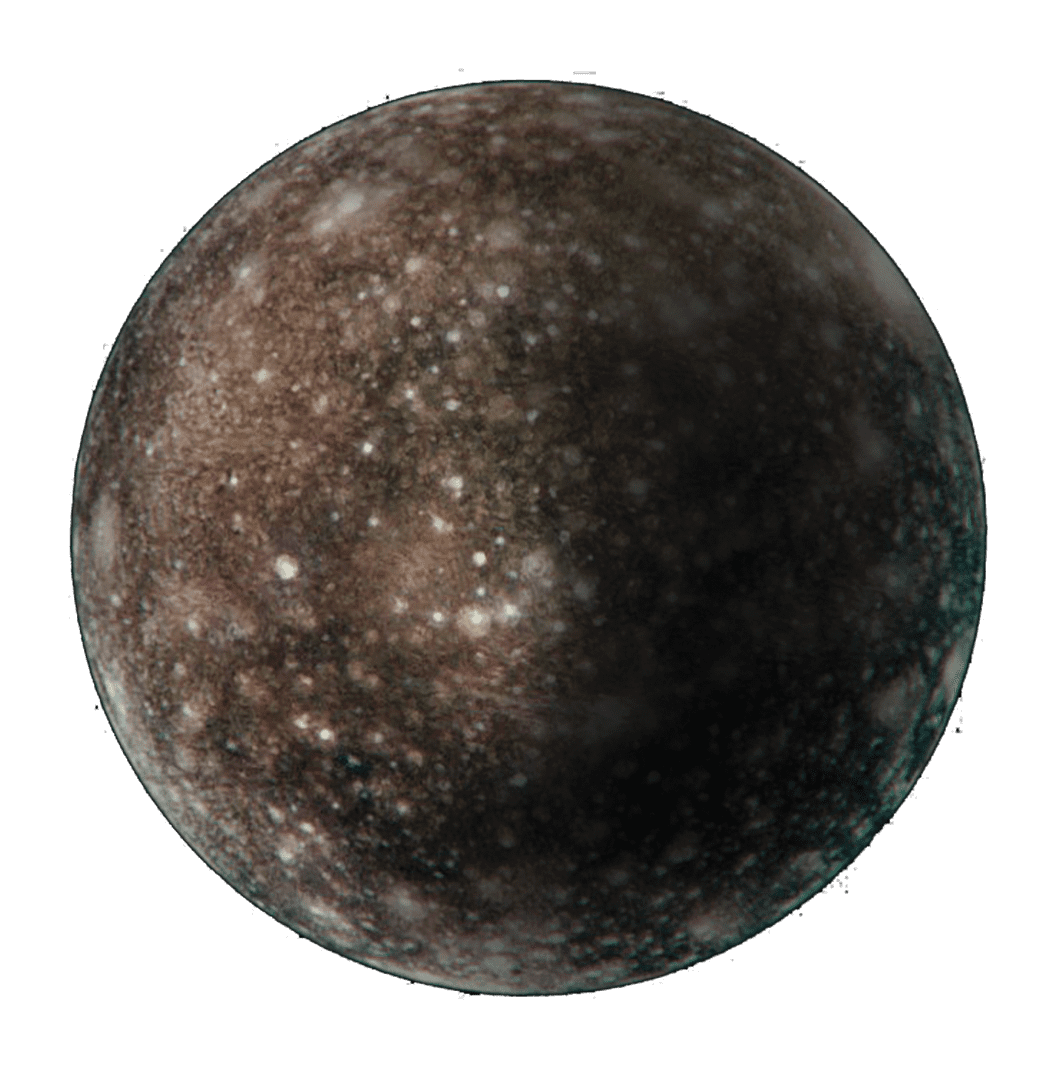
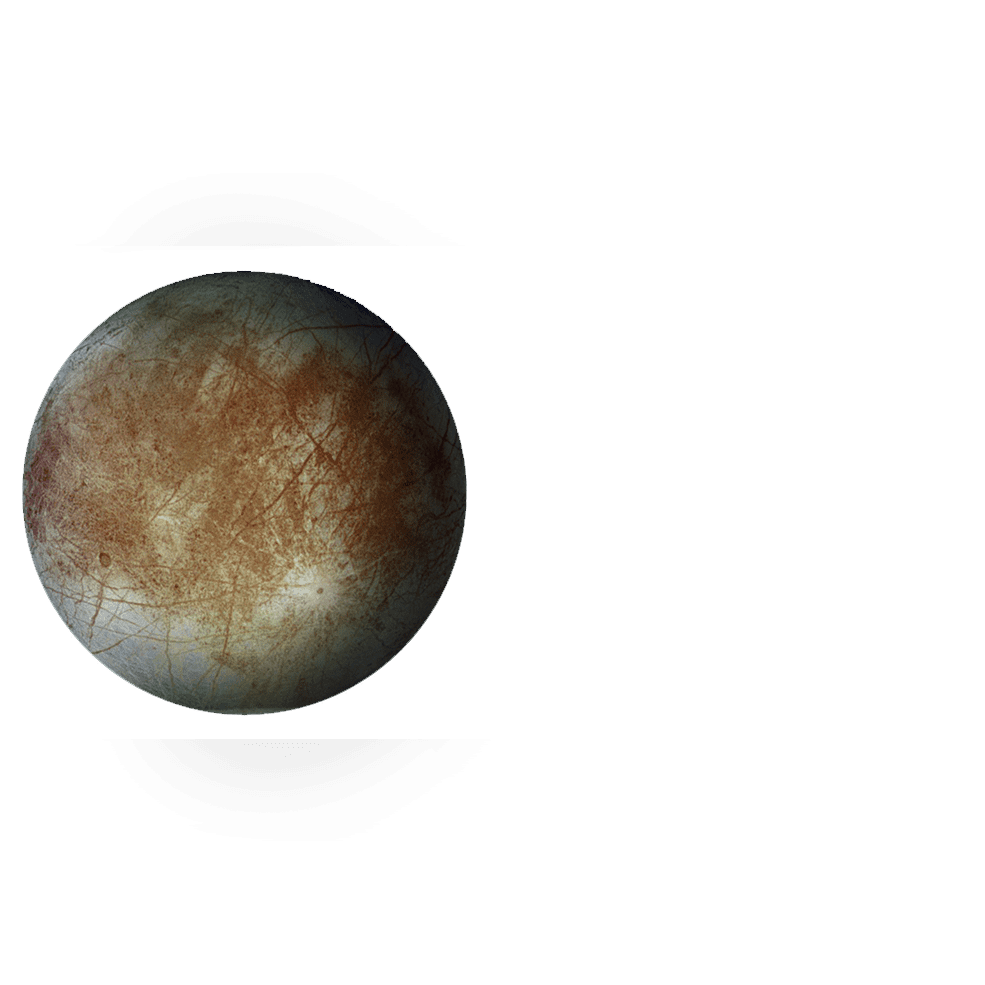
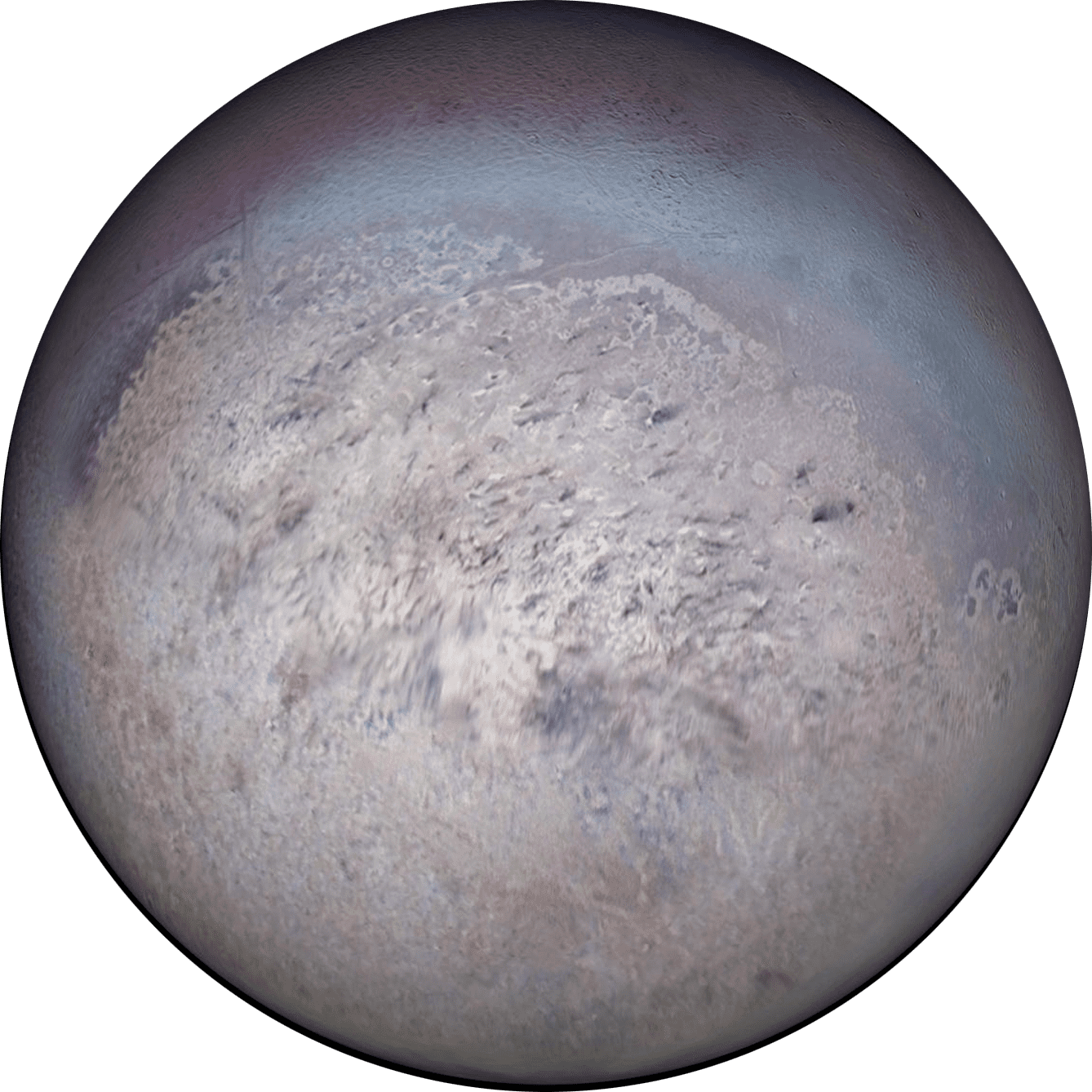
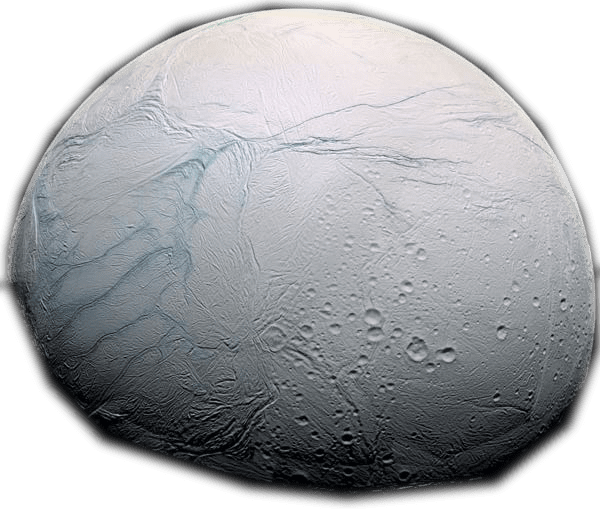
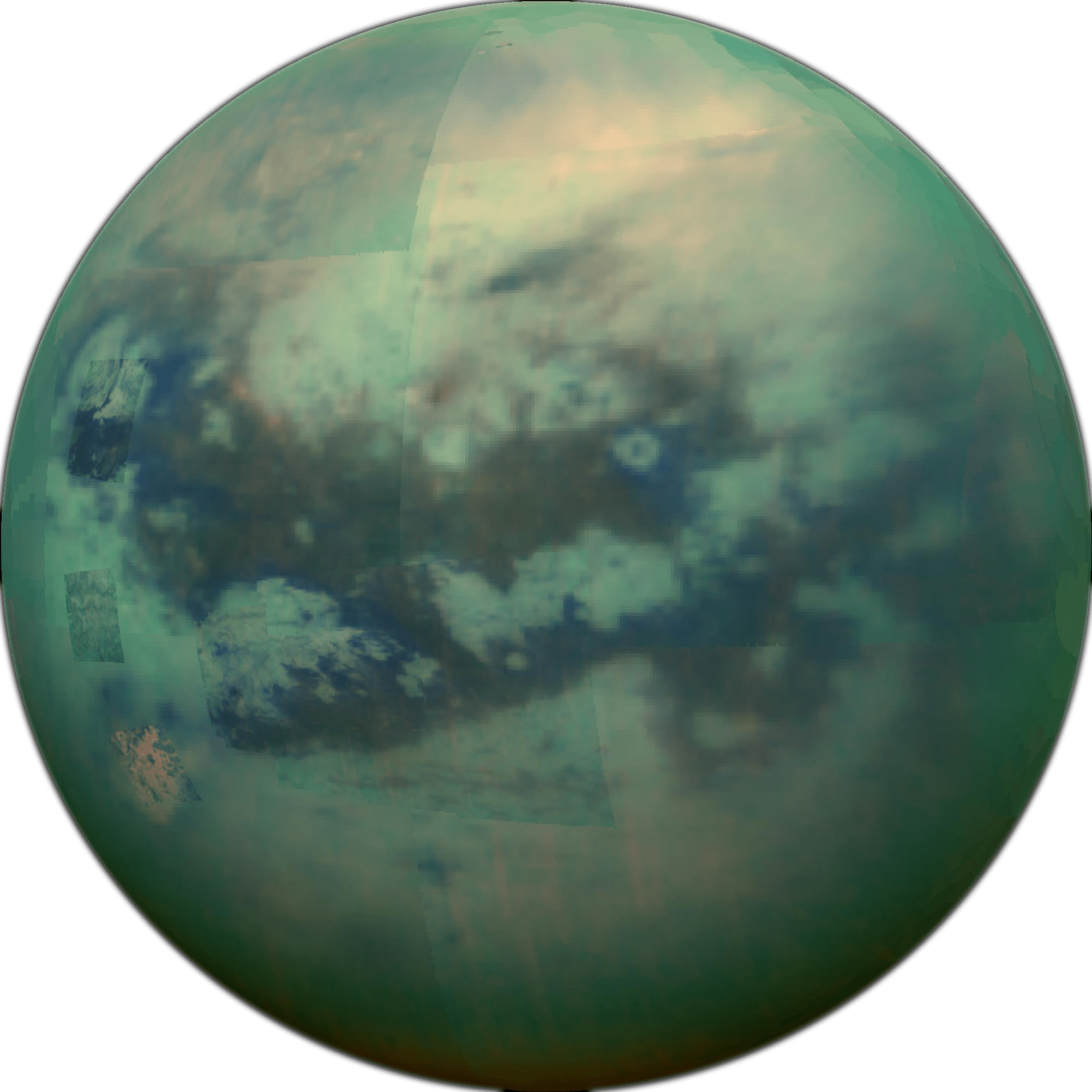
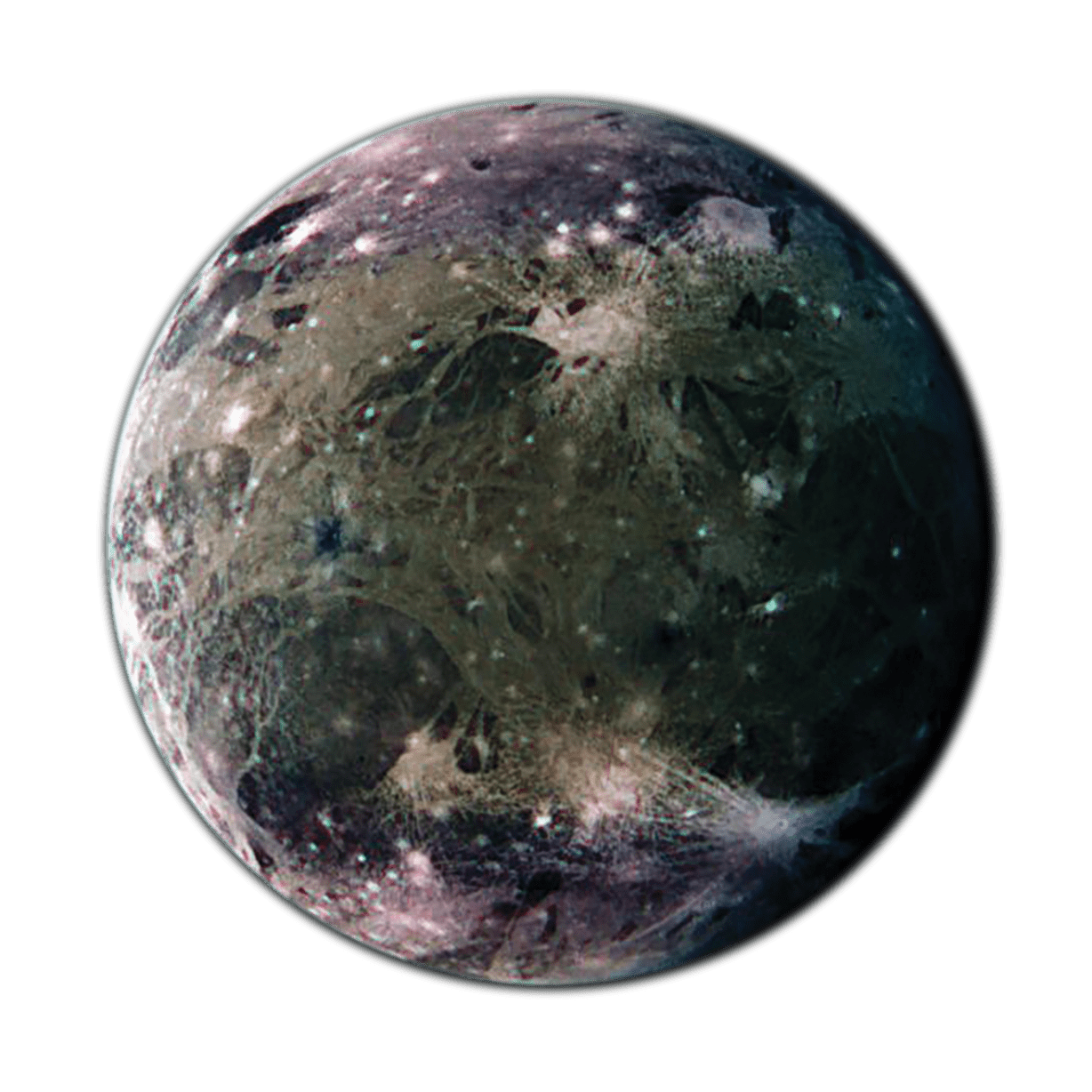
One of the oldest questions facing humanity is whether we are alone in the universe. Now, thanks to a richer understanding of the conditions that support life in our own ocean, we have an opportunity to answer that question, and to do so within the lifetime of the current human generation.
For decades, planetary scientists looked to the “Goldilocks Zone”—the not-too-hot, not-too-cold region around a star where liquid water can exist on the surface of a planetary body—as the place where life would most likely be found. That meant exoplanets—planets orbiting distant stars—were our only hope for finding extraterrestrial life, but exploring there would require faster-than-light travel. NASA’s Galileo mission to Jupiter, followed by the Cassini mission to Saturn, changed everything when they showed there was another, hidden habitable zone right under our noses: We now know that at least half a dozen planetary bodies here in our own solar system host salt water oceans beneath a thick cover of ice, some in contact with a rocky seafloor.
To people like WHOI geochemist Chris German, that description sounds anything but alien. In fact, it is so familiar that it offers a tantalizing promise of what else might be there. “Seafloor hot springs occur in every ocean basin on Earth—even in ice-covered oceans like the Arctic” said German. “And we already know there’s chemically fueled life at those.”
“If we hope to find evidence of life beyond Earth within the next human generation then our best bet is to look toward the growing list of ice-covered ocean worlds right here in our own solar system.”
—Chris German, WHOI senior scientist
SAMPLING THE SEAFLOOR
Once the Orpheus swarm has located a promising site, German and his team will maneuver NUI down to the seafloor and collect samples from the vents, including any organisms that live there. This approach will help guide plans for future exploration of other ocean worlds.
EXPLORING THE UNKNOWN
In 2023, WHOI Senior Scientist Chris German will co-lead an expedition to the Arctic Ocean’s ice-covered Aurora hydrothermal vent field discovered in 2014 nearly 4,000 meters (2.5 miles) beneath the surface during the first under-ice expedition of the hybrid remotely operated vehicle Nereid Under Ice (NUI).
SEARCHING FOR SIGNS OF LIFE
With NASA support, German hopes to return to Aurora with NUI and a swarm of autonomous Orpheus vehicles that will roam above the seabed searching for signs of vents and transmitting their data back to NUI, just beneath the ice, which can relay that information back to German’s team aboard ship.
Illustration by Tim Silva, WHOI Creative

